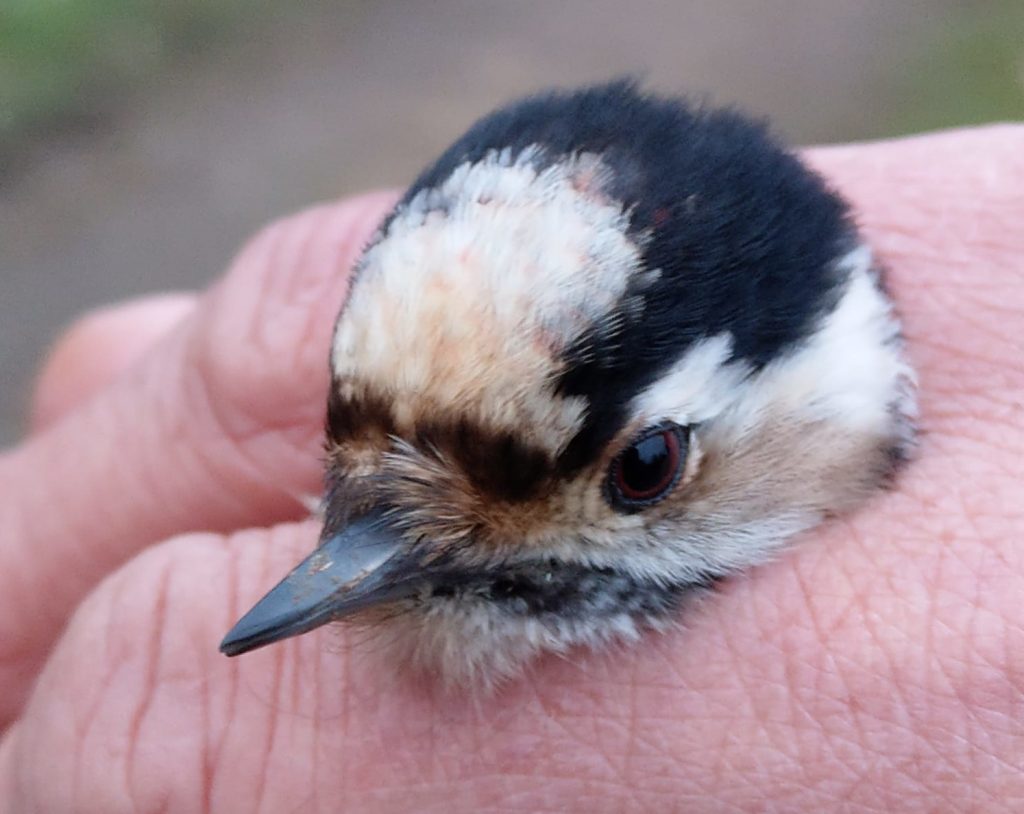Observations

January-February 2023 – All quiet for the winter
Winter is usually a quiet time of year, and so it proved this year. After a stormy start to January, the weather turned unusually dry with several frosts, which may have impacted the WeBS wildfowl counts made by our doughty duck-counter. It may have been quiet, but there was plenty to keep a birder interested.
Wildfowl numbers were generally rather better than at the same time last year, even allowing for the lack of access to the South Lagoons in 2022. In fact the Gadwall WeBS count of 185 was the highest January count since 2006! Other wildfowl peaks included 58 Canada Geese, 27 Greylags, 8 Egyptian Geese, 42 Shovelers, 40 Teal, 20 Pochards and 60 Tufted Ducks. There were up to three Shelducks quite regularly, and first a female, then a pair of Red-crested Pochards.
As has become routine in winter, large numbers of Lapwings use No 1 Lagoon for resting by day, and the count of 455 in February was the biggest for six years.
Jack Snipe are of course hard to count, being very secretive and so well camouflaged, but attempts to catch them using thermal imaging cameras have been fairly successful, and in the process turned up a peak total of 10 birds. The peak Snipe count was 19.
The main Gull counts as usual involved roost flight lines of birds passing over towards the south at dusk. Notable counts were 720 Black-headed Gulls and 130 Common Gulls.
A pair of Barn Owls were sighted several times over the period, with three birds once. Hopes are high of a breeding pair once again.
The other noteworthy predator in the period was a passing Marsh Harrier.
From once being common in the area and a regular visitor to Rye Meads, Lesser Spotted Wood-peckers have become nationally rare and are red-listed. They have been sighted at Rye Meads in just four of the past 15 years, including one last November. So it was good to find a female, which was seen on four dates in Jan and early Feb. This bird was caught and unfortunately found to have just one leg, although this doesn’t seem to have impacted her survival through the wintry weather in December. Better news however was the discovery that she was accompanied by a second bird, thought to be a male, one day in February.
There were three sightings of up to three Ravens in the period.
The Bearded Tits reported earlier in the winter have been sighted intermittently, up to 6 birds on four dates. Are they staying at some remote reedbed in a little watched part of the site, or are they roaming around the wider area? See Alan Harris’s excellent review of Bearded Tits at Rye Meads.
Chiffchaffs in winter are something of a Rye Meads specialty, and there have been good numbers this winter, with the peak being 12 birds in January. Male Blackcaps have been seen just twice.
Whilst we’ve noted just the odd Fieldfare through the period, there have been plenty of Redwings, top count being 35. There were plenty of Meadow Pipits in January, with up to 18, but numbers fell away after that.
The only winter finch was a small flock of five Siskins, but slightly better numbers of other finches compared with recent months, including maxima of 10 Chaffinches, 22 Greenfinches, 25 Goldfinches, and a couple of Linnets. Finally, the Yellowhammer roost resumed in 2nd Meadow, with a peak of 29 birds counted.
